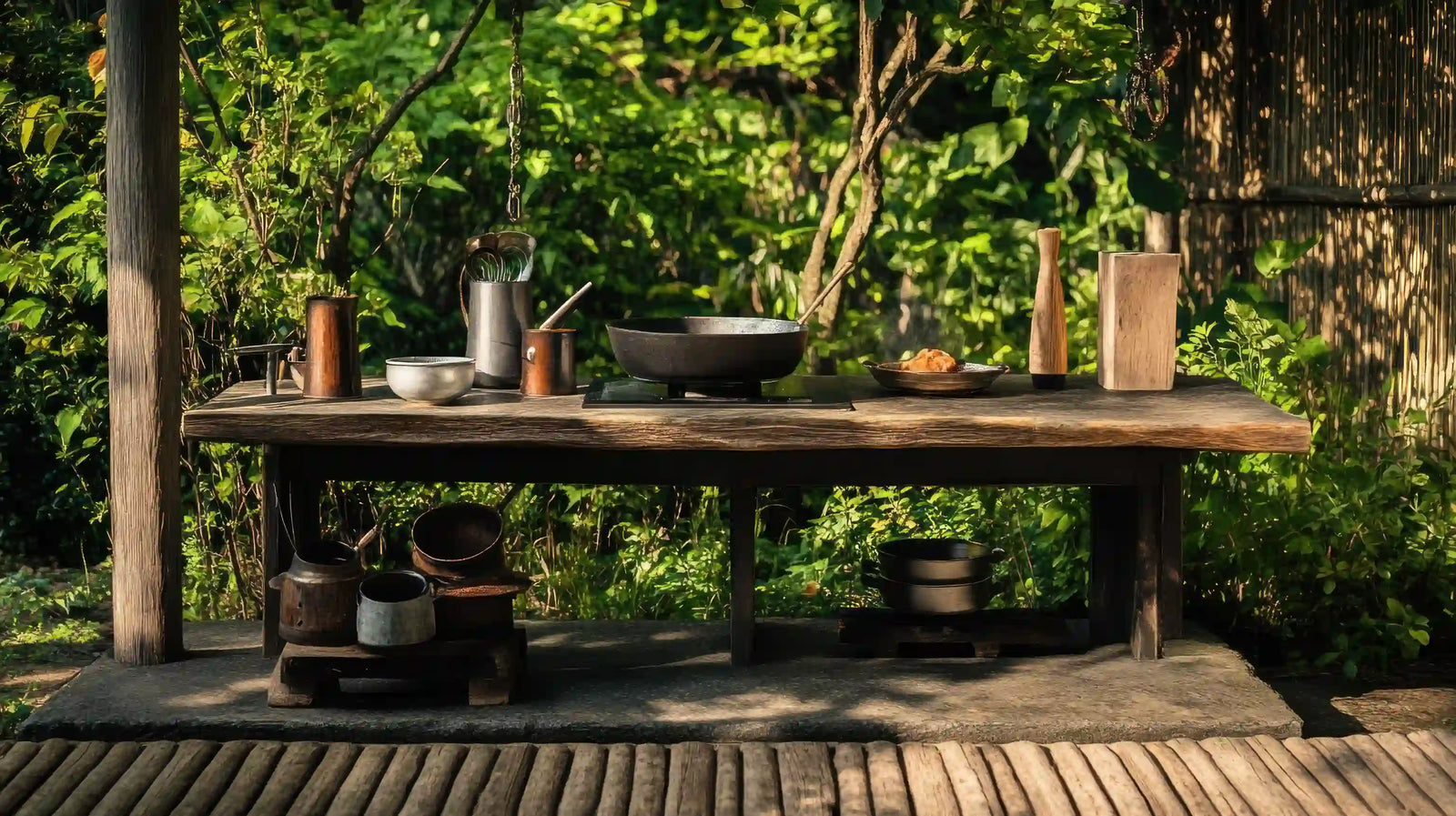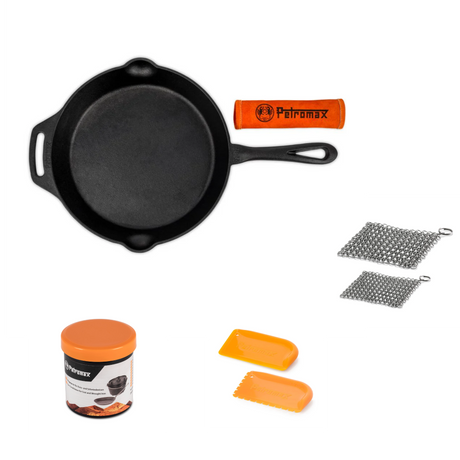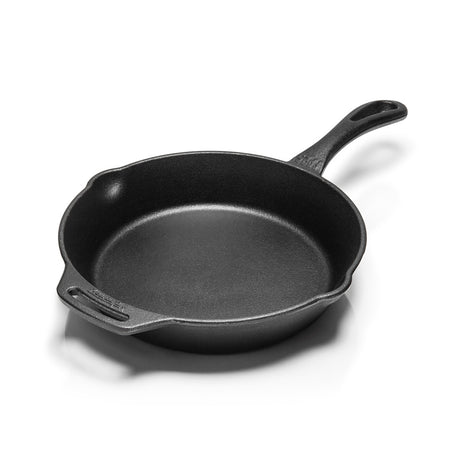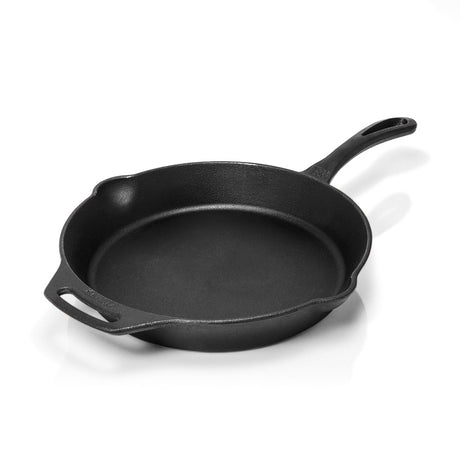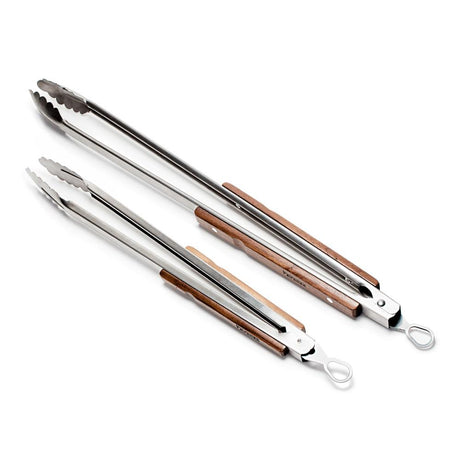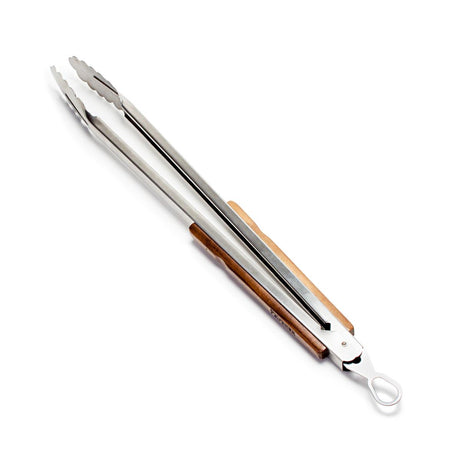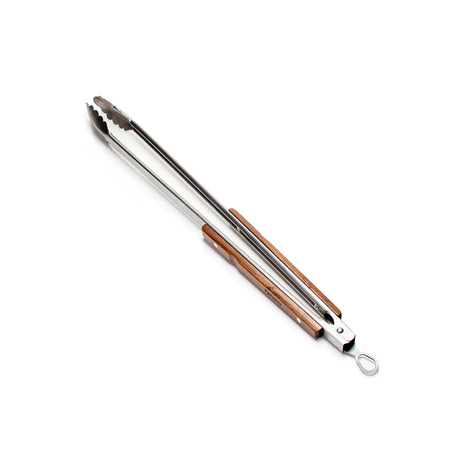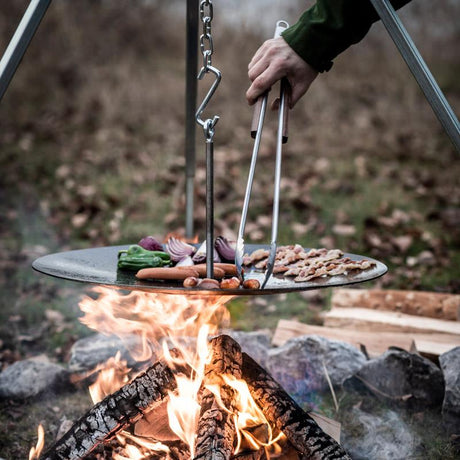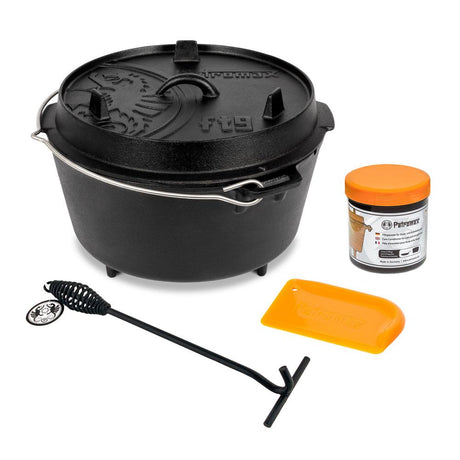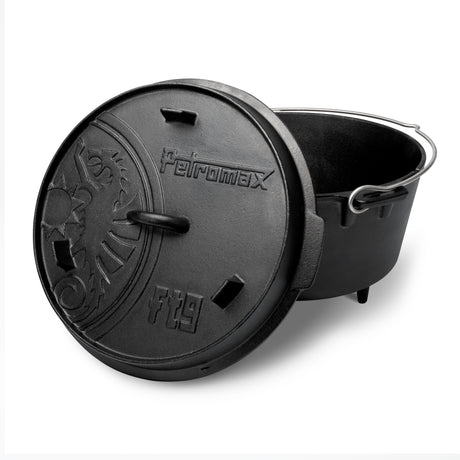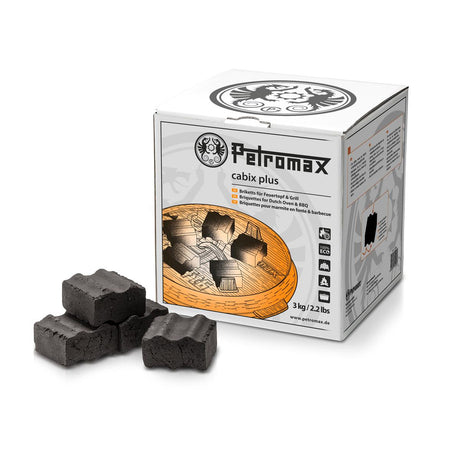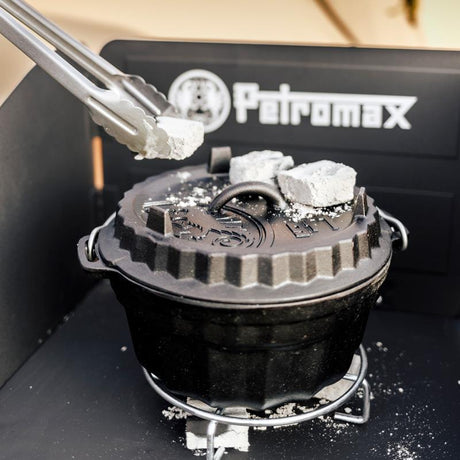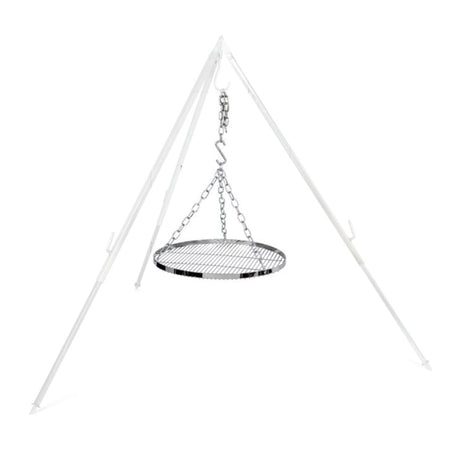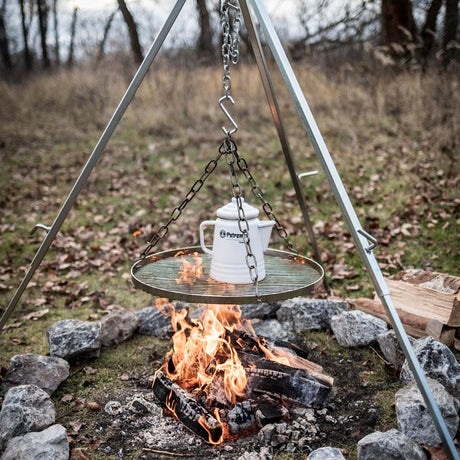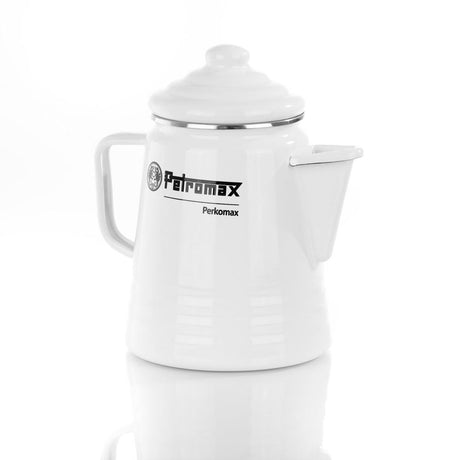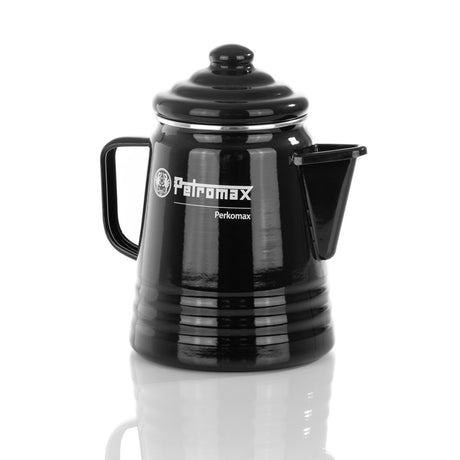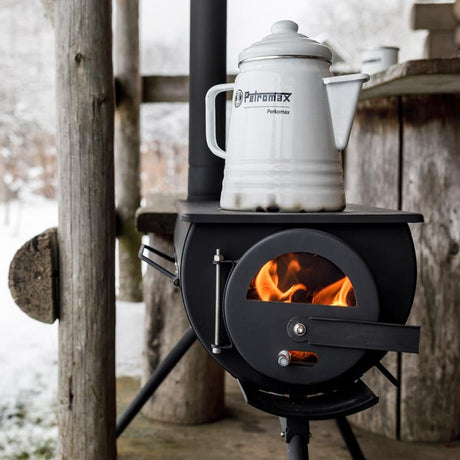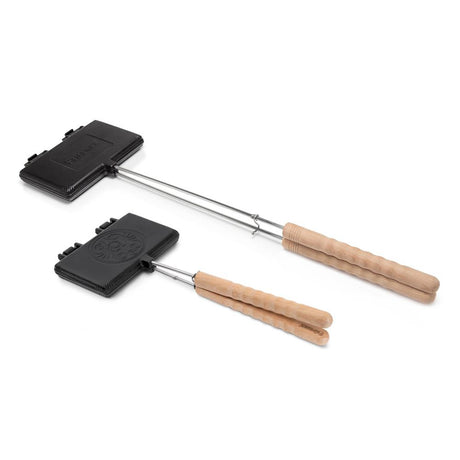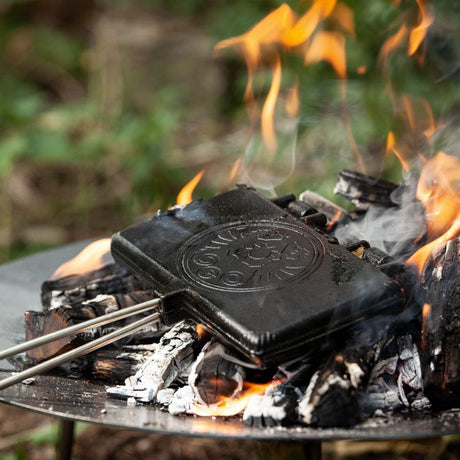There are few things better than cooking outside on a warm summer evening while the sun slowly sets. An outdoor kitchen makes exactly that possible - it brings your passion for cooking outside and transforms your garden into an extended living space. Whether you're a barbecue master or just want to enjoy the fresh air while preparing your meals, a well-planned outdoor kitchen is a dream come true for anyone who loves spending time outdoors.
Table of contents
What makes a good outdoor kitchen?
How do I plan my outdoor kitchen properly?
Which location is best for an outdoor kitchen?
Which materials are suitable for a weatherproof outdoor kitchen?
Grill or hob - what is the heart of my outdoor kitchen?
How important are work surfaces and storage space in the outdoor kitchen?
What role does the sink play in my outdoor kitchen?
Conclusion
What makes a good outdoor kitchen?
A good outdoor kitchen is much more than just a barbecue in the garden. It is a well thought-out cooking area that has been specially designed for the challenges of the outdoors. Unlike your indoor kitchen, an outdoor kitchen must be one thing above all else: robust and weatherproof.
The most important features of a successful outdoor kitchen at a glance:
- Weatherproof - materials that can withstand wind and weather
- Functionality - well thought-out arrangement of all elements
- Comfort - sufficient work surface and storage space
- Flexibility - adaptable to different cooking habits
- Integration - harmonious integration into the garden
What makes an outdoor kitchen so special is the experience. Imagine chopping fresh vegetables while the birds chirp and a gentle summer breeze blows. No more stuffy air, no extractor fan needed - you're cooking in the middle of nature. At a barbecue, you no longer have to constantly commute between the kitchen and garden, but can prepare, arrange and serve directly on site.
What's particularly important with an outdoor kitchen is that it can withstand the elements. Rain, UV radiation and temperature fluctuations place completely different demands on the materials than indoors. A really good outdoor kitchen is therefore made of particularly robust materials that will still look great even after years of outdoor use.
The extent to which an outdoor kitchen expands your living space should also not be underestimated. Suddenly, the garden becomes another room in your house - a room without a ceiling, with plenty of space and fresh air. Especially in the warmer months, you'll notice how much more time you spend outside when cooking no longer means you have to retreat to the kitchen.
How do I plan my outdoor kitchen properly?
Before you go ahead and have an outdoor kitchen built or build one yourself, you should take the time to plan it thoroughly. A well-designed outdoor kitchen starts with a clear concept - and of course a realistic budget.
Your outdoor kitchen checklist:
Set a budget
- How much do you want to invest?
- Which areas have priority?
Define the usage profile
- How often will you use the kitchen?
- What kind of dishes do you prepare most often?
- How many people do you usually cook for?
Determine space requirements
Minimum dimensions for different types of kitchens:
- Small outdoor kitchen: 2-3 m²
- Medium outdoor kitchen: 4-6 m²
- Large outdoor kitchen: from 7 m²
Select basic elements
- Which cooking unit? (grill, stove, hotplate)
- Sink yes/no?
- Storage space required?
Plan connections
- Electricity
- Water (inlet and outlet)
- Gas (if required)
First ask yourself: How do you actually cook? Are you the type for quick meals or do you like to prepare elaborate menus? Do you love cooking over an open fire or do you prefer the precision of a gas barbecue? Your outdoor kitchen will look different depending on how you answer these questions. A kitchen should always suit your personal cooking habits - both indoors and outdoors.
A true-to-scale plan is worth its weight in gold. Take a large sheet of paper or use a planning program on your computer. Draw in the available space and think about where each element should be placed. Also think about connections for water and electricity if you want to include them. Mark where work surfaces, grill, sink and storage space should be located.
Typical mistakes you should avoid: Planning too little work surface, forgetting weather protection or underestimating the distance to the house. Nothing is more annoying than constantly having to run into the house while you're cooking because you've forgotten something. Therefore, plan enough storage space and position your outdoor kitchen at a strategic distance from your indoor kitchen.
Think about the pipes too: If you want to have running water or a power supply, appropriate connections will need to be made. This is often more time-consuming (and expensive) than you might initially think. It is worth consulting a specialist here.
What is the best location for an outdoor kitchen?
Choosing the right location for your outdoor kitchen can be the difference between joy and sorrow. A few thoughtful considerations will help you find the perfect outdoor space.
The ideal choice of location: Factors at a glance
| Factor | To consider | Tip |
|---|---|---|
| Wind direction | Identify the main wind direction | Position the cooking area so that smoke does not enter the seating area or house |
| Incidence of sunlight | Consider the time of day of use | For evening use: choose a location that is not in the evening sun |
| Distance from the house | Balance between proximity and freedom from odors | Ideally 3-7 meters away from the house |
| Proximity to seating area | Short distances to the serving area | Max. 5 meters to the dining area, but with enough distance for smoke |
| Privacy screen | Privacy when cooking | Possibly plan hedges or privacy screens |
| Substrate | Stable base for the kitchen | Firm, level surface (e.g. paving, concrete) |
Also consider how your outdoor kitchen should fit into the garden. Should it be a central eye-catcher or should it blend discreetly into the surroundings? Some people like the kitchen to be partially concealed by a privacy screen, while others want it to be the focal point of their garden design.
Which materials are suitable for a weatherproof outdoor kitchen?
The choice of material is crucial for an outdoor kitchen - after all, it has to be able to withstand wind and weather. Robust, weather-resistant materials ensure that you can enjoy your investment for a long time.
| Materials | Advantages | Disadvantages | Maintenance effort |
|---|---|---|---|
| Stainless steel | Extremely durable, rustproof, hygienic | Gets hot in the sun, fingerprints visible | Low |
| Natural stone (granite) | Heat-resistant, elegant, natural look | Relatively expensive, heavy, porous types must be sealed | Medium |
| Porcelain stoneware | Versatile look, inexpensive, robust | Can break if installed incorrectly | Low |
| Concrete | Individual design, modern, inexpensive | Can crack, must be sealed | High |
| Wood | Natural, warm, easy to work with | Requires regular care, less durable | Very high |
Stainless steel is a classic for outdoor kitchens - and for good reason. It is extremely durable, rustproof and easy to clean. Stainless steel is hard to beat, especially for work surfaces where moisture is to be expected. However, it can get very hot in the blazing sun, which can be unpleasant when cooking.
Natural stone such as granite or slate offers an elegant look and is also very resistant to weathering. Although these materials are more expensive to buy, they will last a lifetime with good care. Granite in particular is extremely hard and resistant to heat - ideal for a work surface next to the barbecue.
Porcelain stoneware is a more modern alternative that is becoming increasingly popular. It is cheaper than natural stone, but similarly robust and easy to clean. It also offers a wide variety of colors and patterns, allowing you to customize your outdoor kitchen.
When choosing a material, you should also keep cleaning in mind: More dirt is added outdoors than in the indoor kitchen, and sometimes people forgo thorough cleaning after cooking. Materials that are not too sensitive are therefore an advantage. You can see every stain on polished surfaces, but they are also easier to clean than rough surfaces where dirt can get stuck.
Grill or hob - what is the heart of my outdoor kitchen?
The heart of every outdoor kitchen is undoubtedly the cooking area - and there are numerous options here. Whether grill, hob or a combination of both - the choice depends primarily on your personal preferences.
Comparison of the different cooking options:
Charcoal grill/open fire
- ✅ Unique smoky aroma
- ✅ Authentic grilling experience
- ✅ High temperatures possible
- ❌ Longer preparation time
- ❌ Temperature control more difficult
- ❌ More cleaning effort
Gas grill
- ✅ Quickly ready for use
- ✅ Precise temperature control
- ✅ Easy to clean
- ❌ Less intense aroma
- ❌ Gas connection/bottles required
- ❌ Higher purchase costs
Electric hob
- ✅ Easy to use
- ✅ Clean and smoke-free
- ✅ Precise temperature control
- ❌ Power connection required
- ❌ No typical grill aroma
- ❌ Limited heat development
Nothing beats the magic of an open fire for authentic flavor. A charcoal grill or Dutch oven gives your food an incomparable flavor that is hard to achieve with other cooking methods. The crackling of the fire, the smell of glowing coal - this is outdoor cooking at its most authentic.
A gas barbecue, on the other hand, offers more control and convenience. It is quickly ready for use, the temperature can be precisely controlled and cleaning is much easier. However, it lacks the special aroma that only a real fire can provide. For many, a gas barbecue is still the more practical choice for everyday use.
More and more outdoor chefs are opting for a combination of the two. A charcoal barbecue for special occasions and a gas hob for quick cooking in between. So you have the best of both worlds. Incidentally, outdoor grills can be perfectly integrated into a permanently installed kitchen so that you don't have to switch between different appliances.
Don't forget that your cooking area can be more than just functional - it can also be a visual highlight. A beautiful barbecue or open fireplace can be an eye-catcher and invites you to linger, even when you're not cooking.
How important are work surfaces and storage space in the outdoor kitchen?
If there's one aspect that amateur chefs often underestimate when planning their outdoor kitchen, it's the work surface. Believe me: you need more of it than you think! A spacious worktop makes outdoor cooking really convenient.
Guidelines for efficient worktops:
- Minimum worktop per side: 60 cm × 60 cm
- Ideal worktop area in total: 1.5-2 m²
- Optimum worktop height: 85-95 cm (depending on your height)
Storage space solutions for the outdoor kitchen:
Weatherproof cupboards
- Materials: Stainless steel, plastic, specially treated wood
- Advantage: Permanent protection for utensils
- Disadvantage: Higher acquisition costs
Mobile solutions
- Trolleys made from weatherproof material
- Transportable crates/baskets
- Advantage: Flexible, can be brought indoors in bad weather
- Disadvantage: Less storage space than permanently installed cupboards
Creative alternatives
- Converted pallets as open shelves
- Hanging systems for kitchen utensils
- Advantage: Inexpensive, individual
- Disadvantage: Offer less protection from the weather
Think about how much space you use when cooking in your indoor kitchen - for cutting, marinating, arranging and for all the utensils you need. You'll need all of this outside too. A good rule of thumb: plan at least one work surface to the right and left of your cooking area, each at least 60 cm wide.
The storage space should of course be weatherproof. Cupboards that can be completely closed so that neither moisture nor insects can get in are particularly practical. Alternatively, you can also provide mobile storage solutions - boxes or trolleys on wheels that you can simply push into the shed in bad weather or in winter.
The right arrangement of work surface, grill and storage space makes a big difference to the workflow. It's best to follow the tried-and-tested rule of the triangle from the indoor kitchen: the three main areas (cooking, washing up, preparation) should form a triangle in which you can move around efficiently.
What role does the sink play in my outdoor kitchen?
At first glance, a sink may seem like a luxury that you don't necessarily need in an outdoor kitchen - but don't underestimate how practical it can be! With a sink, you save yourself the constant trips into the house to wash vegetables, fill pots or clean your hands.
The 5 most important advantages of an outdoor sink:
- ⭐ Convenient cleaning of food directly on site
- ⭐ Hand washing while cooking (especially important when handling raw meat)
- ⭐ Quick filling of pots and pans
- ⭐ Easy cleaning of dishes and cooking utensils
- ⭐ More convenience and less walking during cooking
Water connection options at a glance:
| Connection type | Effort | Convenience | Winter suitability | Costs |
|---|---|---|---|---|
| Permanently installed water connection | High | Very high | Only with frost protection | €€€ |
| Garden hose with quick coupling | Low | Medium | Yes (detachable) | € |
| Water tank with pump | Medium | Medium | Yes (removable) | €€ |
| Canister solution | Very low | Low | Yes | € |
A stainless steel sink is particularly recommended for outdoor kitchens. The material is not only extremely durable and weather-resistant, but also easy to clean and hygienic. Make sure it is of good quality - cheap stainless steel sinks can become unsightly or even rust over time.
When it comes to the size of the sink, it's better to plan a little more generously. A deep, spacious sink is more practical than a shallow, small one. This allows you to easily clean or fill larger pots and pans with water.
The position of the sink should be well thought out. Ideally, you should place it close to the worktop, but not directly next to the grill - this way you avoid splashing water on hot surfaces. A good arrangement would be: work surface for preparation, then the sink for washing and cleaning, and finally the grill for cooking.
Don't forget to install a functioning drainage system. Unlike a temporary camping kitchen, you need proper drainage here. Depending on the local conditions, this can be a challenge. It's best to talk to a specialist about the best way to drain the waste water - be it into the sewage system or into a special soakaway.
Conclusion: your perfect outdoor kitchen
A well-planned outdoor kitchen combines functionality with the pleasure of cooking outdoors and extends your living space into nature. With our tips, your project is guaranteed to be a success!
The 7 golden rules for your outdoor kitchen:
- Choose your location wisely - consider wind direction, sunlight and integration into the existing garden design
- Go for weatherproof materials - stainless steel, natural stone or special porcelain stoneware guarantee long-term enjoyment
- Choose the right centerpiece - Decide on a grill or cooktop that suits your personal preferences
- Plan for generous work surfaces - more is more! Don't underestimate how much space you need when cooking
- Create practical storage space - Well thought-out storage solutions save you having to walk into the house
- Integrate a sink - A water source directly on site makes cooking much more convenient
- Protect your investment - A suitable roof or other protective measures will protect your outdoor kitchen from the elements
With thoughtful planning, you can create a customized outdoor kitchen that meets your exact needs while staying within your budget. So, what are you waiting for? Make your dream of cooking outdoors come true and enjoy the coming garden season with your own outdoor kitchen!
